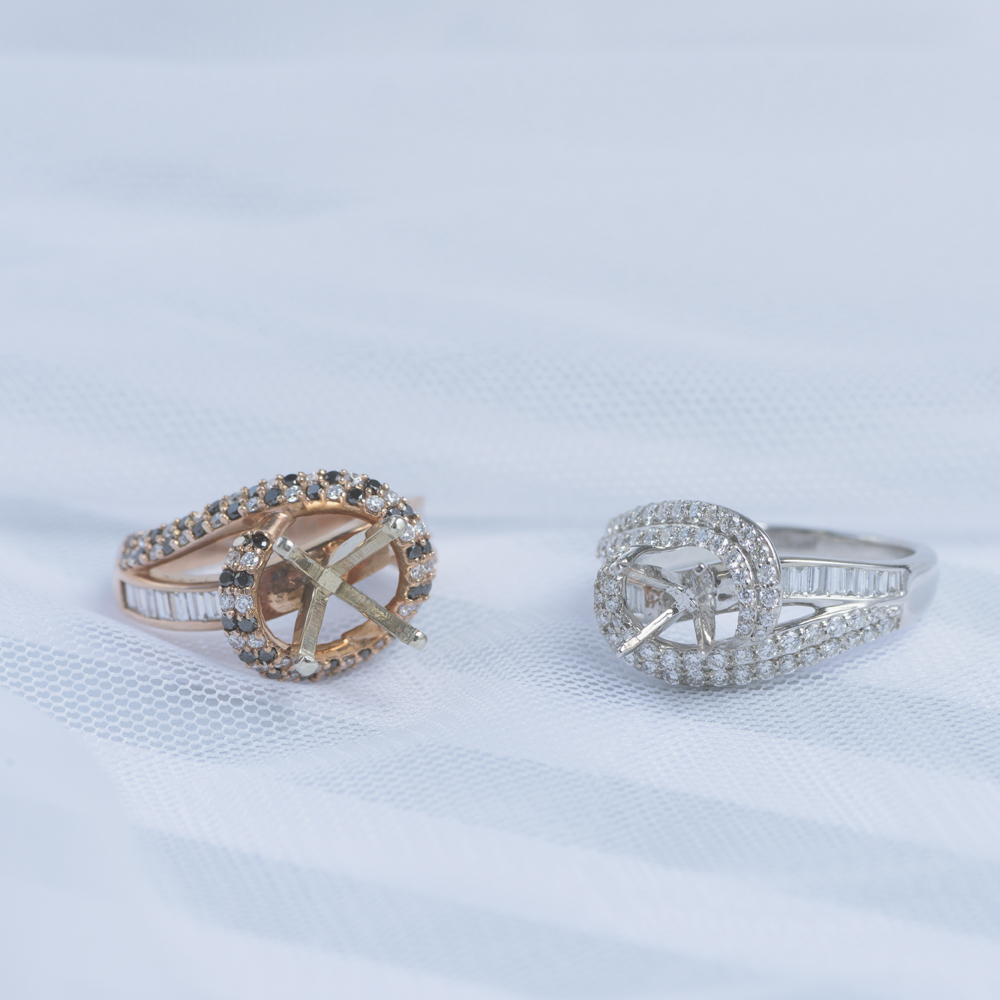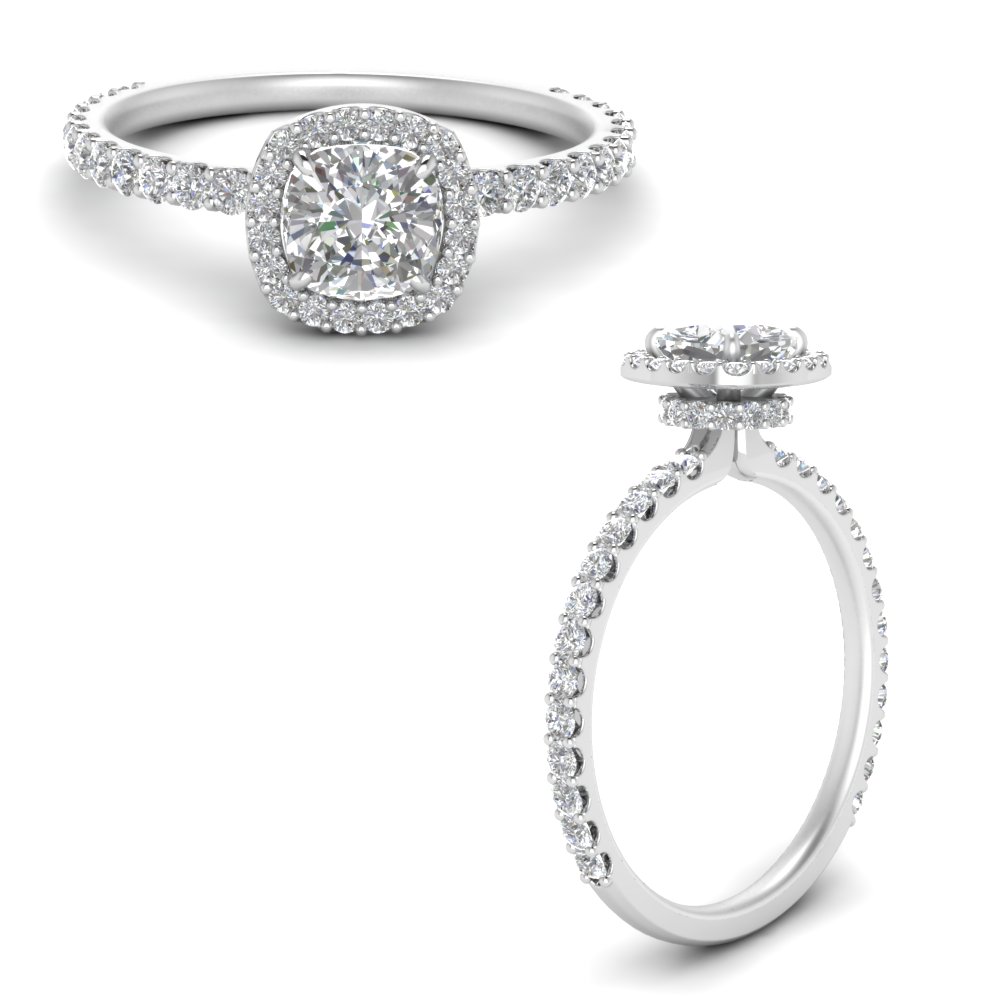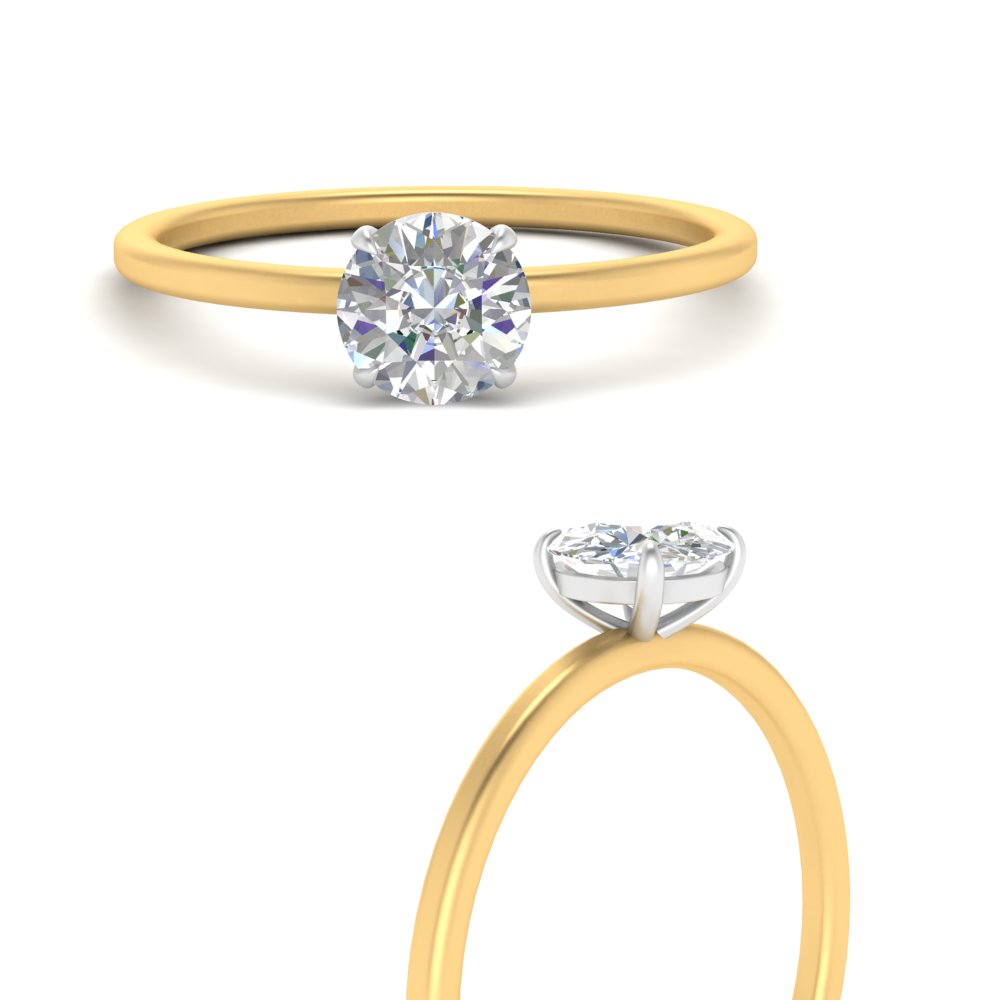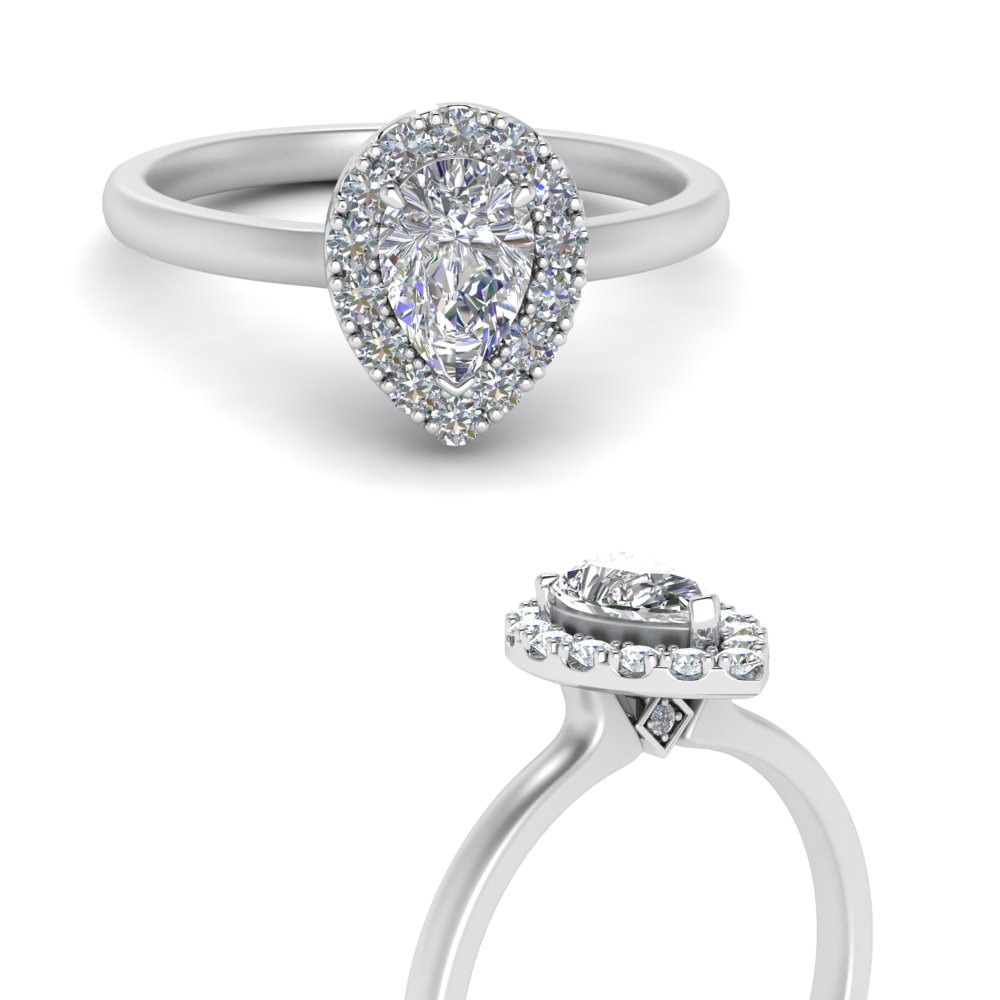Lab- Created Diamonds: Real or Faux?
So the number one doubt everyone has about lab-grown diamonds are their validity; so let's clear it, they are very much real. How they differ from naturally grown diamonds that are found in the crust of the Earth, is their method of making. Lab-grown diamonds are created in a 'laboratory' like the name suggests, under manipulated conditions that are altered to replicate the natural process that takes place during the formation of diamonds found in mines.
There is a certain kind of stigmatized value attached to these naturally mined precious stones, they are a sight to behold, and possess a certain amount of status symbol along with them as “diamonds are forever” may be the most memorable broadcasting catchphrases ever to carry some geologic candour, the providence of these rocks in the Earth’s crust, in locations where we can effortlessly gain them, is distant from eternal. The value of this stone comes from its' limitation of accessibility in terms of quantity, especially keeping in mind the amount of time it takes for diamonds to form from carbon.
We are seeking the same flawless sparkle on our fingers but feel limited from investing in one because of its' gigantic price tag, which in itself ironically creates our desire for it, the want increasing with its' visible state of rarity. Would you still be biased towards mined diamonds and not even glance at these factory made? Well, let me change your mind. Rephrasing, let me highlight an abundant few reasons why you'd like to change your perspective on this choice you make.
Lab-created diamonds are not fake.
We should discuss the fallacy that lab-created diamonds are fakes or not “real diamonds.” This couldn’t be further from the truth. You might be familiar with the term synthetic diamond and assumed this means fake. Now and then, these diamonds are labeled as synthetic diamonds. This description isn’t factually legitimate, as these “synthetic diamonds” construe of the same chemical and physical properties as mined diamonds. Actually, synthetic simply refers to the fact that these diamonds are man-made in a controlled environment.


FD8253R+FDENR8930ROR+-FD8238.jpg)





.jpg)